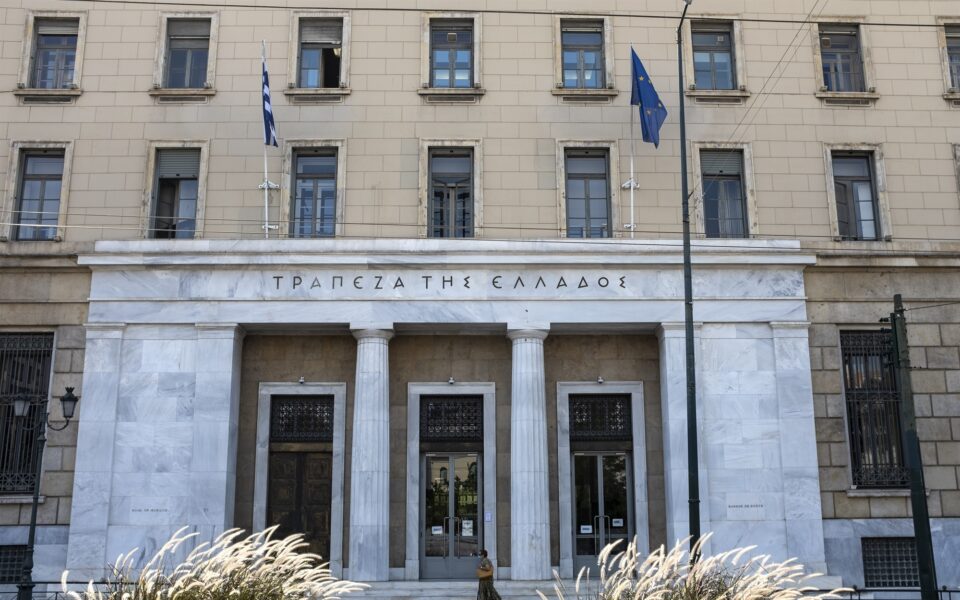Greece’s current account deficit in the red

In the first major financial crisis of the 21st century which erupted in 2007-2008, and whose tsunami reached Europe’s shores in 2010, five European countries failed to avoid bailouts: Greece, Ireland, Portugal, Cyprus and, in part, Spain. Of these, only one, Greece, had twin deficits – in its current account and its budget. The other four suffered from only one large deficit in their current accounts, but that was still enough, with the outbreak of the crisis, to throw them against the rocks.
The balance of payments reflects the structural problems of an economy, which are summarized in its low overall productivity and, therefore, low international competitiveness. The services of the European Union monitor it closely to detect possible risks to the macroeconomic balance of an economy. They have in fact developed and use an indicator: When a country’s current account deficit exceeds 4% of GDP and remains above it for a sufficient period of time, an alert is issued in Brussels and a light turns on as the macroeconomic imbalance control procedures light up. The light is on for Greece.
The current account deficit increased from 1.5% of GDP in 2019 to 6.8% in 2021 and 9.7% of GDP in 2022. Part of this jump was due to the increased prices of fuel and in the rapid recovery of (due to Covid-19) GDP losses. But the country’s problem is not temporary; it is structural. A red light is already on for Greece. The governor of the Bank of Greece has repeatedly pointed this out. A deficit “maintained above 4% of GDP in the medium term is in conflict with the checks of the macroeconomic imbalances of the European Union,” Yannis Stournaras warned. The European Commission has also caught a whiff of this. In its second report on Greece’s post-bailout supervision, it does not overlook (as before) the structural problems associated with the automatic and sharp widening of the current account deficit.
The deficit reflects the critical historical imbalance of the national expenditure being significantly greater than domestic output. We also know that the difference between the GDP we produce and what we could produce with the full use of the available means of production (the production gap) has been reduced to zero. Therefore, in order to increase our GDP we need investments, which are currently low, corresponding to just 14% of GDP. But it is not enough to simply produce – what matters is to produce internationally tradable goods.
Greece, a country with an alarming current account deficit and a record debt overhang, has not set such targets, nor does it have any such plan. Perhaps we have even taken a step backward. Over the last three years, more than 60 billion euros was distributed with the alleged aim of rescuing the economy and supporting society, using loose, not-so-transparent, fair or growth-oriented criteria. Elections may be won this way, but they create side effects and strengthen delusions. Widespread among them is the delusion that the economy is on a trajectory of growth, when in fact the economy is being inflated by the abundance of local or European money, without changing structurally. The traditional, parasitic model is here – along with its main pillars. This is reflected in the large deficit in the current account.





